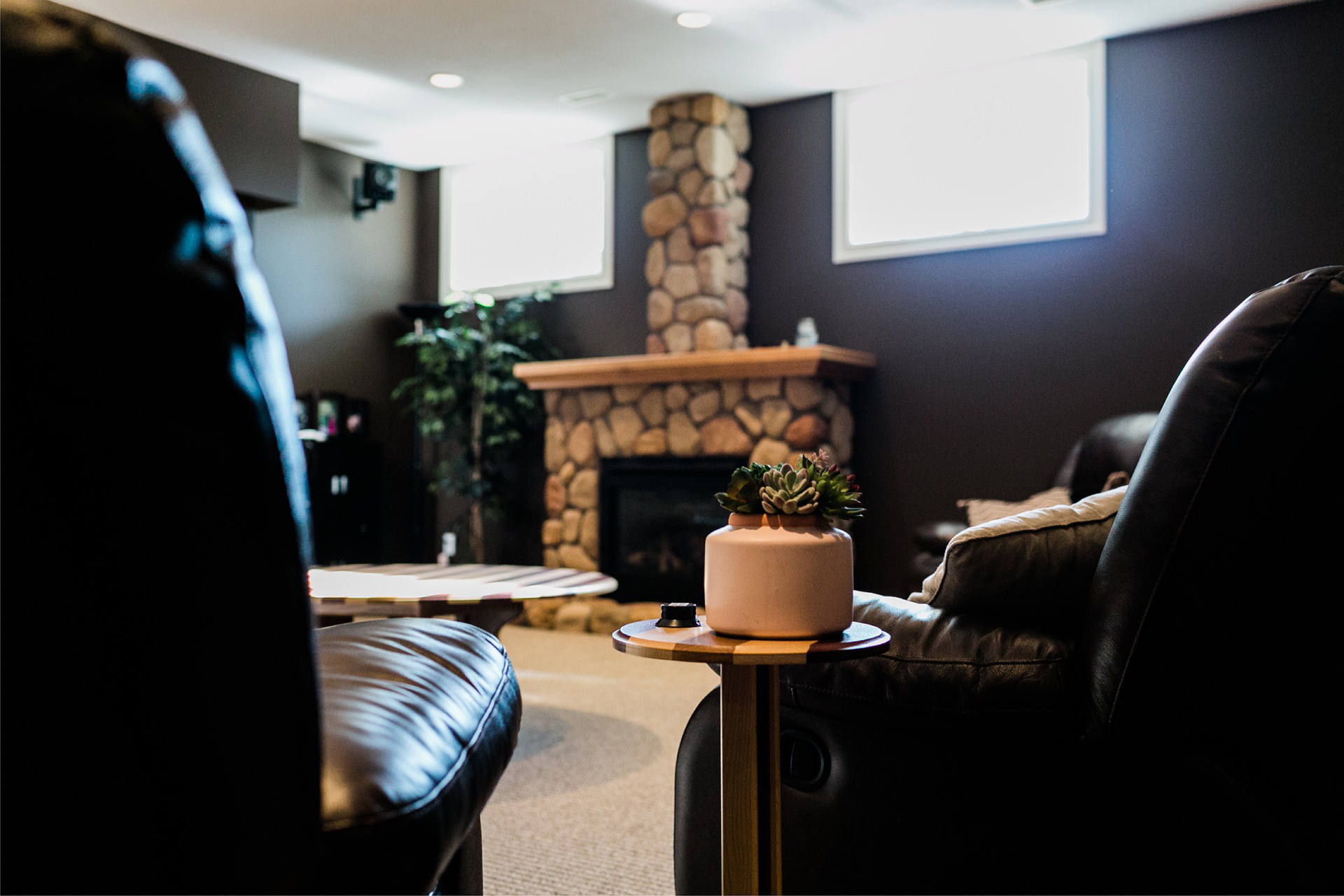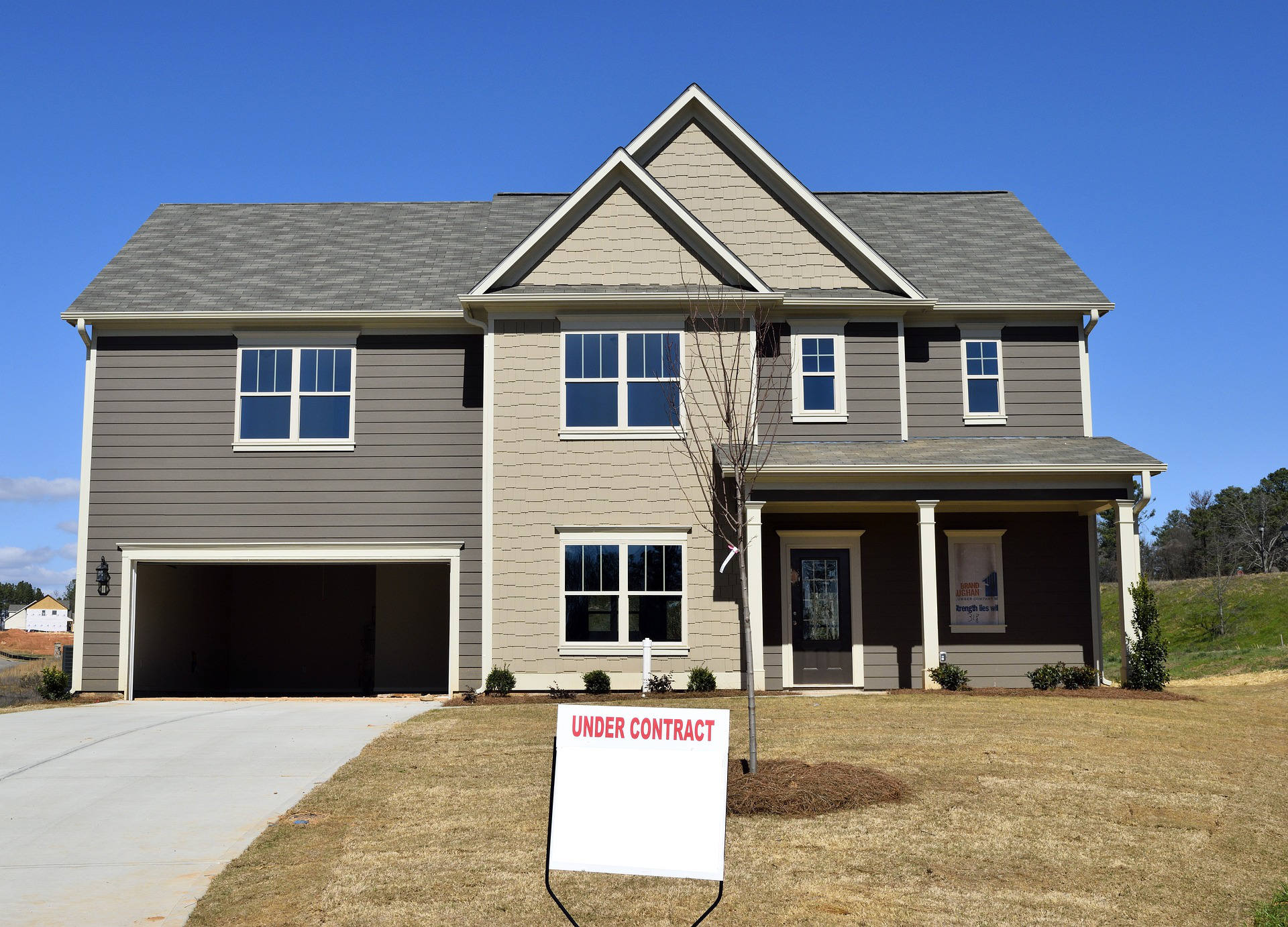Radon gas poses a silent threat to many homeowners, often without their knowledge. Its long-term exposure can lead to severe health issues, including lung cancer and respiratory problems. Identifying, mitigating, and protecting against radon gas is crucial to safeguarding household members from potential harm. Here’s a comprehensive guide to help you navigate the risks associated with radon gas.
What is Radon Gas?
Radon is an odorless, radioactive gas resulting from uranium’s decay in the earth. Though not ubiquitous, its presence can be particularly problematic in homes with basements. Exposure to radon over extended periods can lead to various health complications, including lung cancer.
Symptoms of radon exposure may include hoarse voice, shortness of breath, persistent coughing, chest pain, weight loss, coughing up blood, frequent respiratory infections, and fatigue. How severe the symptoms are will vary among individuals and depends on the duration of exposure.
Testing Your Home for Radon
Radon testing kits from online vendors or local authorities offer a straightforward method to assess radon levels in homes. These kits are left in place for a specified duration before being sent to a lab for analysis. Testing is recommended for optimal accuracy during winter when windows are typically closed.
Alternatively, homeowners can enlist the services of professional radon testing contractors for comprehensive assessment and accurate results. Since radon is odorless and undetectable without testing, periodic evaluations are essential to ensure ongoing safety.
Addressing High Radon Levels
Homes with elevated radon levels necessitate immediate mitigation measures to minimize health risks for occupants. Radon mitigation involves strategies to collect and redirect radon gas away from the living spaces.
Identifying the source and concentration of radon is the initial step in devising an effective mitigation plan. Standard mitigation methods include:
- Installing radon barriers in uninsulated crawl spaces.
- Implementing sub-slab depressurization systems in basements.
- Applying additional concrete in affected areas.
Due to the diverse nature of homes and radon entry points, mitigation strategies may vary. Consulting with radon mitigation professionals ensures tailored solutions suited to specific property conditions.
Benefits of Lowering Radon Levels
Lowering radon levels in basements offers significant health benefits by reducing the risk of radon-related illnesses. Protecting household members from radon exposure is paramount to ensuring their long-term well-being.
Reducing Radon Levels: Professional Assistance
Engaging the services of radon mitigation specialists is essential for effectively and efficiently reducing radon levels. Professionals assess individual basement conditions and implement appropriate mitigation techniques tailored to the property’s layout and construction.
Factors Influencing Mitigation Costs
The radon mitigation cost varies depending on property size, construction type, material composition, and local climate. While national averages range from $800 to $1500, specific circumstances may influence actual costs.
DIY Radon Mitigation Solutions
Some radon mitigation measures can be undertaken by homeowners, potentially saving on costs. Sealing basement cracks and applying penetrating sealers are DIY options. However, installing a comprehensive radon mitigation system requires specialized knowledge and equipment to ensure effectiveness and safety.
Achieving Radon Reduction in Any Basement
While mitigation methods may vary, reducing radon levels in basements is achievable with proper assessment and implementation of appropriate strategies. Customized solutions address specific basement configurations and environmental factors.
Essential Elements of Radon Mitigation
Successful radon mitigation involves critical elements such as proper fan placement, routing piping above grade or at the roof’s eave, clear installation instructions, adherence to local codes, and post-installation testing to verify system efficacy.
Radon Reduction Timelines and Sustainability
Radon levels typically begin decreasing once mitigation systems are operational. Homeowners can assess radon levels within 24 hours of system activation. While radon levels may significantly decrease, achieving zero levels over the long term is unsustainable.
Enhancing Basement Safety
Testing for radon and collaborating with radon professionals remain the most effective strategies for ensuring basement safety. Prioritizing periodic evaluations and prompt mitigation measures safeguards against the potential hazards of radon exposure. By investing in professional services, homeowners can confidently mitigate radon risks and protect their household’s health and well-being.





